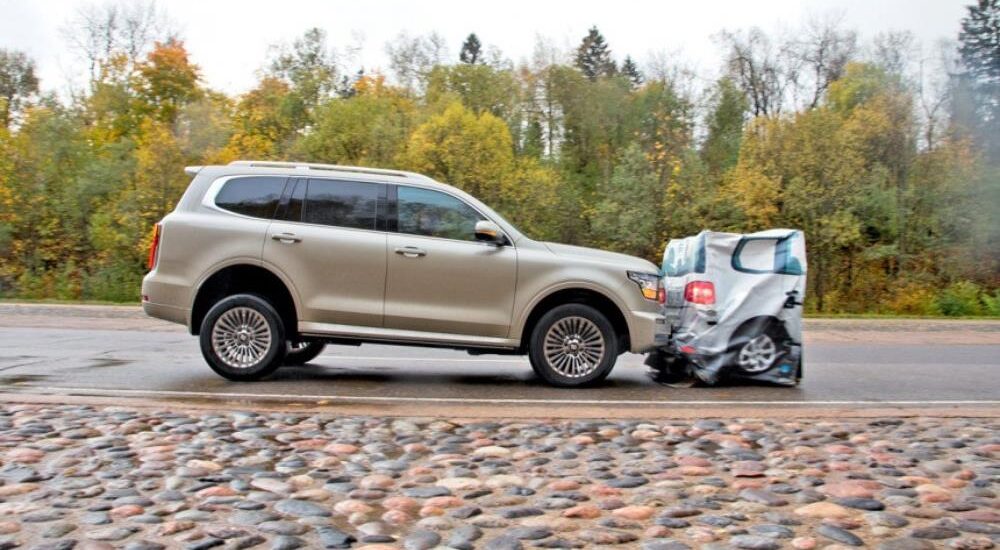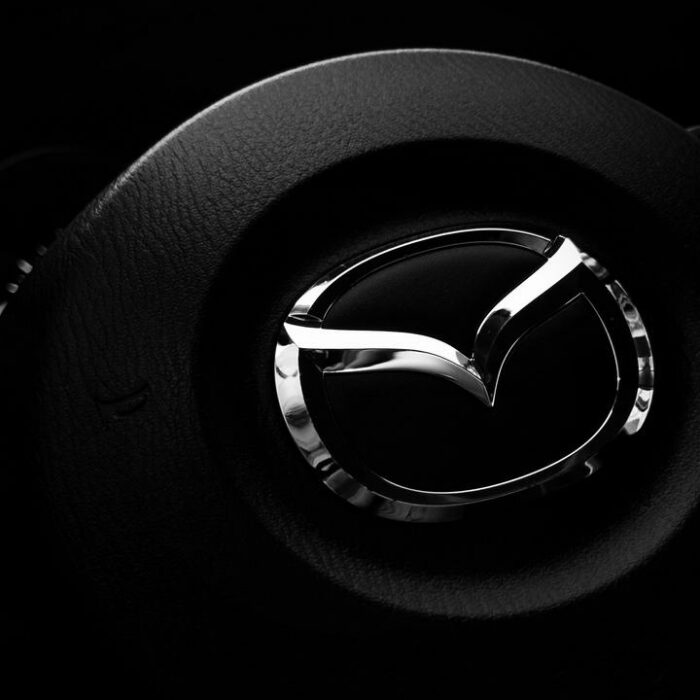Reaching for your phone, adjusting the temperature, and suddenly, you look up only to see brake lights crashing into your car’s hood. It’s an experience no one should have, but in my line of work, I occasionally need to simulate these “accidents” intentionally on a test track, of course, to evaluate the performance of safety electronics. Now is an excellent time to see how effective such “antidotes” are, especially in Chinese cars.
The journey of automatic obstacle detection in vehicles dates back to 1959 with the Cadillac Cyclone concept car, which featured two radars on its rocket-like front wings. However, it wasn’t until 1995 that Mitsubishi Diamante started equipping production cars with a similar alert system. A decade later, the Mercedes S-Class W221 series introduced automatic braking, and since then, this technology has become increasingly common, even in more affordable and mass-produced vehicles.
Chinese manufacturers have quickly embraced these safety technologies. Eight out of the ten finalists in our rating test come equipped with automatic braking systems, with seven treating this feature as standard. But can we really trust Chinese electronics?
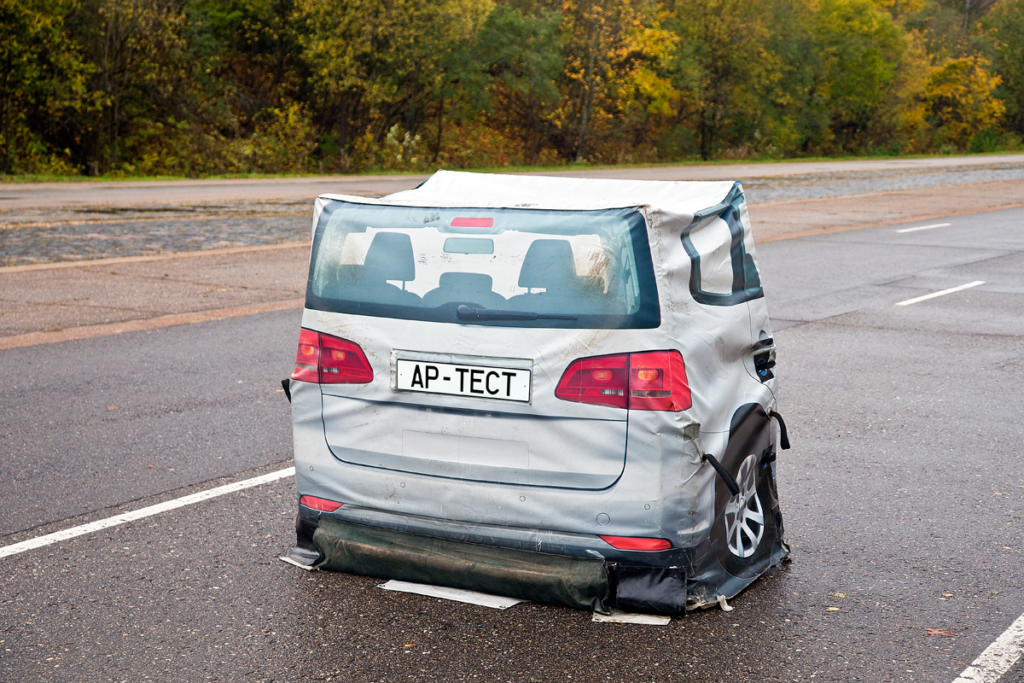
For our tests, we deploy a certified target simulating the rear of a Volkswagen Touran compact van on the special roads of our testing ground. The method is straightforward: I drive directly towards the stationary Touran at speeds of 30, 40, or 50 km/h. The system initially issues an audio and visual alert before engaging emergency braking, even if I continue to press the accelerator. Typically, you can adjust the warning distance through the system settings, but these adjustments do not affect the emergency braking intervention.
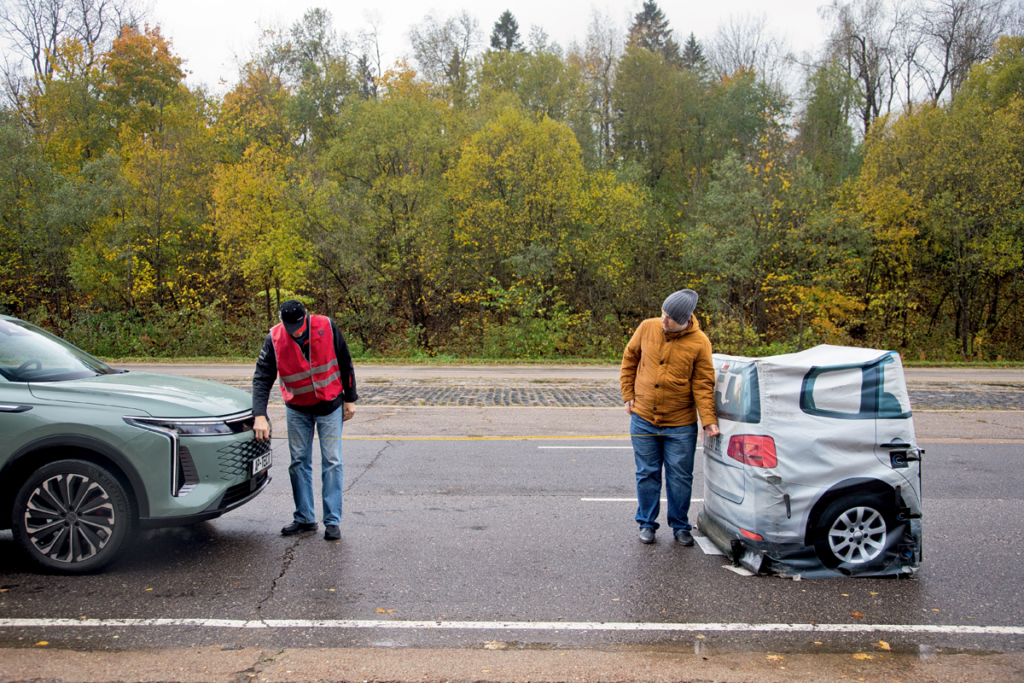
Behind the wheel of the Exeed RX crossover, one feels safest. Whether at 30 or 50 km/h, it preemptively brakes, as if gauging the road surface, stopping well over three meters from the target. The Tank 500 yields almost identical results, consistently stopping at the same safe distance from the target, regardless of speed.
Admittedly, we had reservations about relying on the Chinese systems and opted not to test at high speeds—no more than 50 km/h. Even European manufacturers do not guarantee 100% efficacy in automatic braking; manuals often state that the system will either prevent or mitigate a collision. Furthermore, according to Euro NCAP protocols, automatic braking systems are tested at urban speeds, which in Europe means a maximum of 50 km/h.
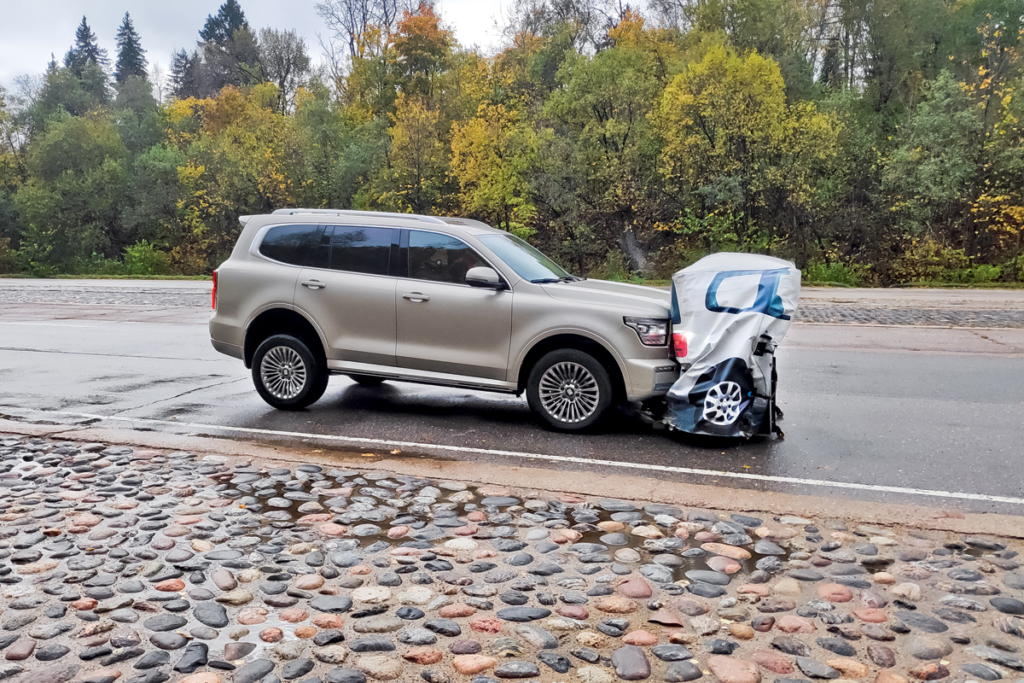
However, the decisive braking of the Tank and its sturdy bumper inspired enough confidence for me to test it at 70 km/h. As one of the photos shows, the target was propelled about ten meters! Thus, while braking did occur, it was not entirely effective. Indeed, the car’s manual indicates that the system “activates active braking to reduce the vehicle’s speed, minimizing the consequences of collisions.” Fortunately, the test concluded without any damage: the bumper and grille remained intact. Had a real vehicle been in place of the soft target, damage would have been unavoidable.

The Voyah Dream minivan ranked third in preemptive braking performance, reliably stopping 2.4—2.8 meters from the target. Its platform mate, the Voyah Free, began to fray nerves; after issuing audio and visual warnings, it commanded braking at the last moment, leaving less than a meter to the obstacle—a rather harrowing experience.
I chose not to test the third Voyah model, the electric sedan named Passion, under similar conditions. Upon inspecting the vehicle, I discovered pyrotechnic devices next to the hood hinges, designed to lift the back of the hood by about ten centimeters in the event of a collision with a pedestrian to reduce injury impact. While potentially beneficial for pedestrians, they are less ideal for testing. I recall during our tests with the Mazda 6, these pyrotechnics triggered such that the hood buckled significantly. No, we will not risk damaging the bodywork (and the editorial budget).
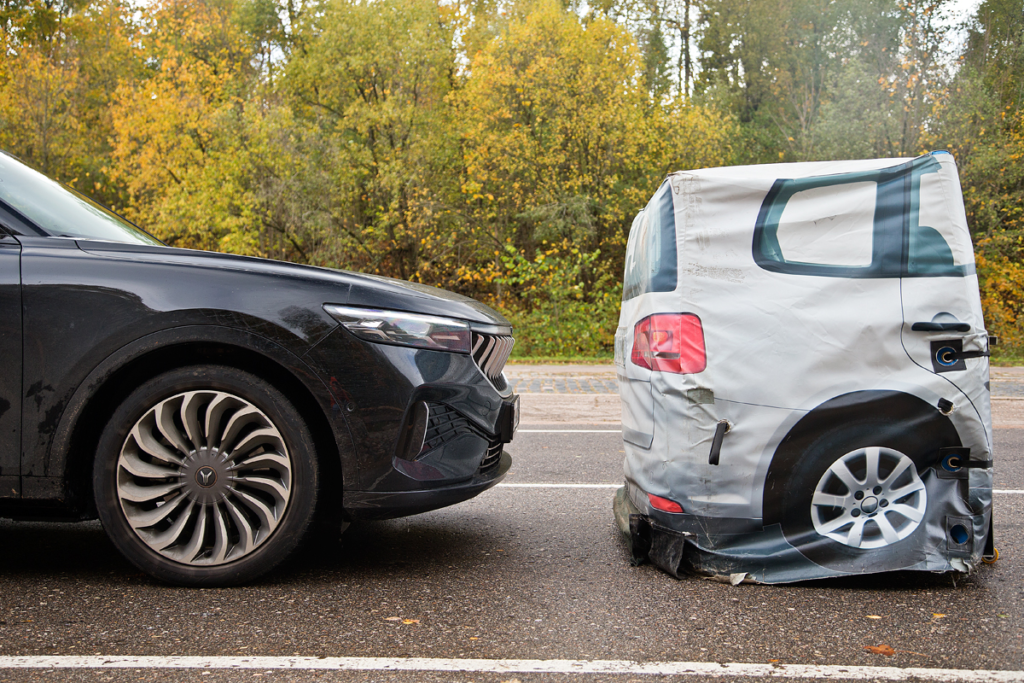
In conclusion, whether some perform better than others, these systems do work. If a driver is inexperienced or frequently distracted—say, by their smartphone—the electronics provide a crucial safety net. This holds true not only when approaching another vehicle but also when encountering pedestrians or cyclists on the road.
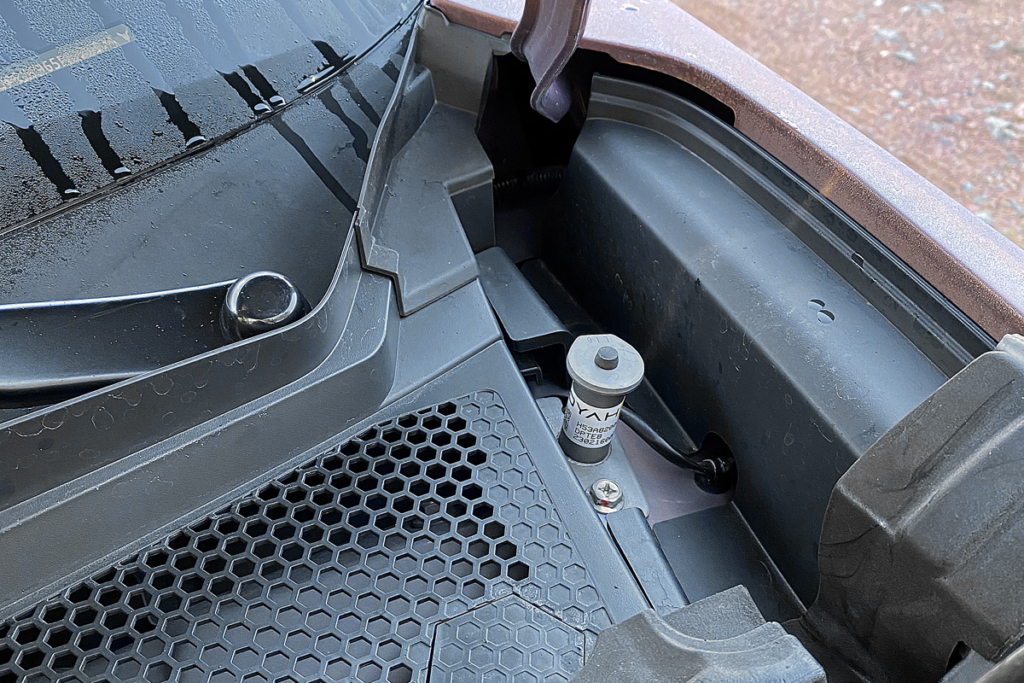
Yes, Chinese engineers are fast learners and are rapidly incorporating features into their vehicles that were, until recently, rare even among European automakers. Looking for adaptive cruise control? Check. Lane centering? Absolutely. And the M11 highway, part of our test route, proves an ideal setting to evaluate such systems. While these features might see limited use in city driving, on a high-speed highway with clear markings, it’s almost instinctive to engage the autopilot.
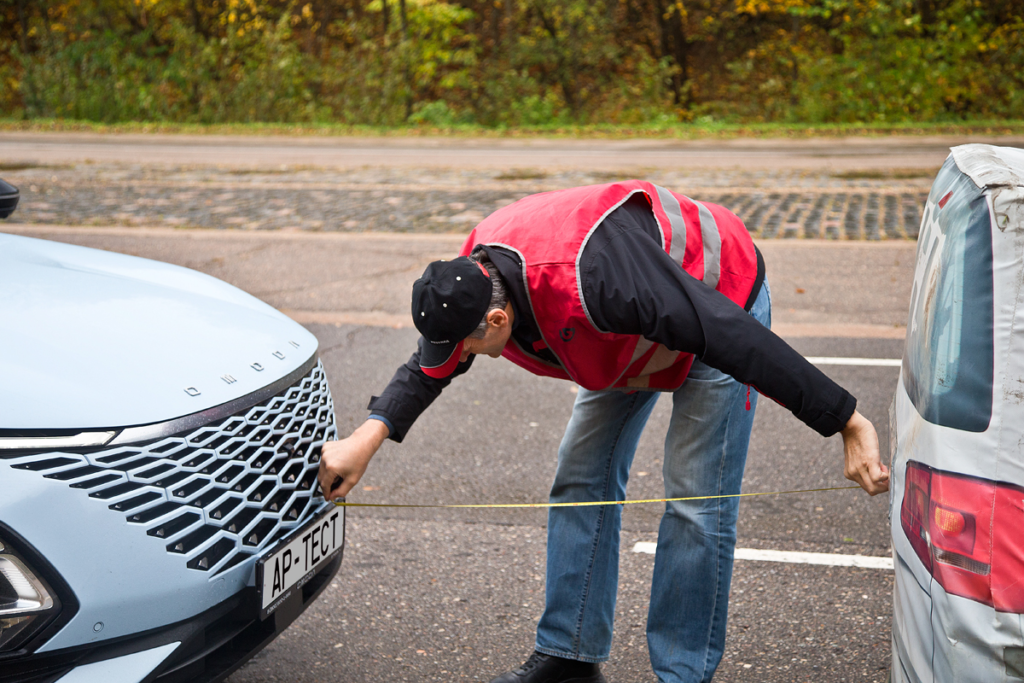
In a surprising twist, the least expensive crossover in our lineup, the Omoda C5, emerged as the most autonomous in terms of steering capabilities. While other vehicles with adaptive cruise control and lane tracking allow hands-free steering for only 15—20 seconds, the Omoda can maintain autonomy for 5—10 minutes! You can’t sleep at the wheel, but you can certainly enjoy a sandwich and a drink. However, keeping your hands on the wheel is advisable as the vehicle’s nervous steering adjustments can be quite disconcerting, especially during overtaking maneuvers when passing large trucks where the Omoda’s electronics may abruptly jerk the wheel, attempting to maintain lane integrity at speeds of 130 km/h.
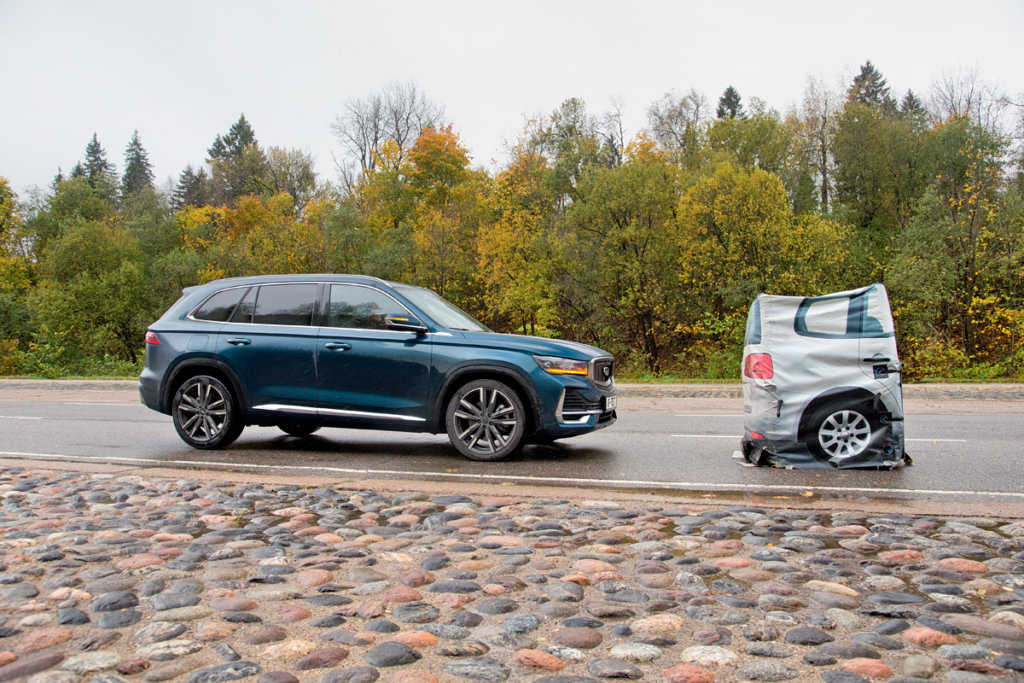
Operating the Omoda’s adaptive cruise control is straightforward: it activates with two button presses on the steering wheel and features an intuitive speed adjustment algorithm. The speed limiter is equally user-friendly, though monitoring the current settings on the display can be a bit cumbersome. Unexpectedly, an image of a motorcycle appears in the center of the screen, where road conditions and markings are displayed—even when no motorcycle is present on the road! This “ghost” appeared more than once on the screen during rain…
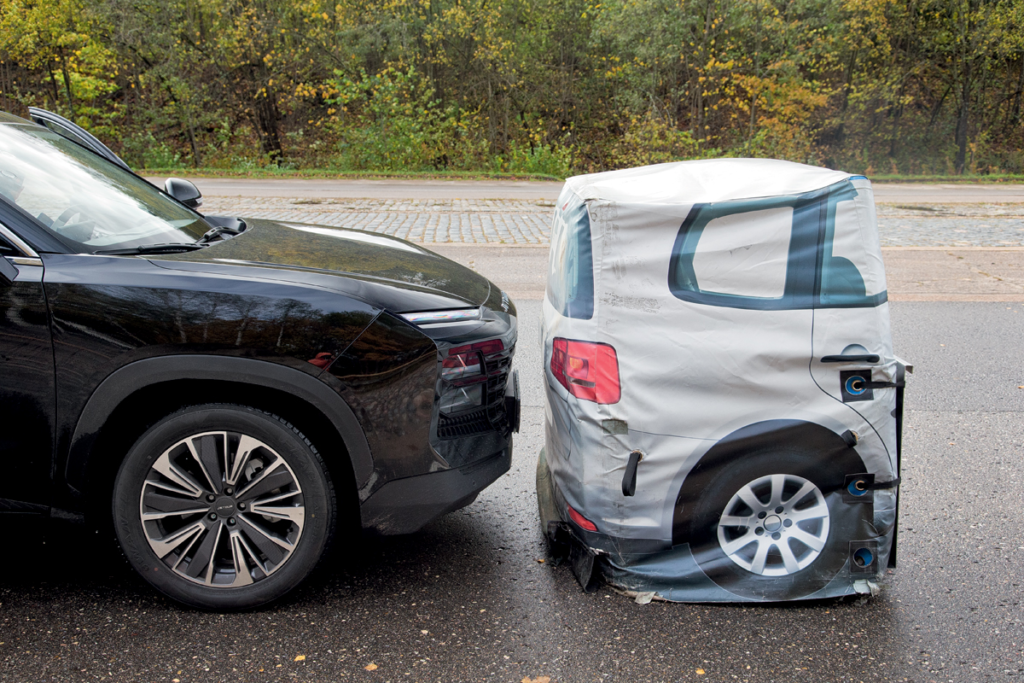
The other vehicles’ cruise controls and driving electronics evoke fewer emotions. The most user-friendly cruise controls (including speed adjustment) turned out to be those of both Tanks. They share a similar control mechanism via a stalk on the steering column, which, although hidden from view, has a simple logic that becomes second nature after a few uses. There’s a speed limiter mode with convenient one or ten-kilometer per hour intervals, and lane centering is also available, operating much smoother than in the Omoda.

In other cars, cruise control is managed via spokes on the steering wheel, and this setup is quite good with physical buttons. However, touch panels immediately reduce usability: increasing the number of errors when setting speed and distance. This is exactly what happens in the electric Voyah Passion. While the display provides very clear information about the road situation (down to depicting road workers and the cones with which they have cordoned off a section for repairs), in practice, simplicity of settings is more important. This allows for less distraction from the road.

From this perspective, the Jetour Dashing proved to be the most cumbersome in terms of cruise control usability. Its attempt to emulate Tesla is noted: the “cruise” is adjusted by wheels on the steering wheel, which in other modes control the mirrors and cabin temperature. This constant confusion during the trip! Moreover, the set values for the adaptive cruise speed are not displayed on the instrument panel but on the central display. You turn the wheels on the steering wheel, looking at the “TV” to the right, searching for the small speed numbers, and as a result, you’re more distracted from the road than in other cars.
Additionally, Dashing does not yet offer a lane marking tracking system on the Russian market. And even in the top version, there is no speed limiter. Overall, it’s no surprise that Dashing ended up at the bottom of our cruise control rating.

We awarded expert points to all ten cars for the convenience of managing cruise control and other driver assistance systems. The top three were the Tank 500, Tank 300, and Geely Monjaro. All provide the most comfortable system management and help relax behind the wheel—both on long journeys and in city traffic.
Here’s the information presented in a table format:
| Speed | Exeed RX | Geely Monjaro | Jetour Dashing | Omoda C5 | Tank 500 | Voyah Dream | Voyah Free |
|---|---|---|---|---|---|---|---|
| 30 km/h | 3 m | 1.18 m | 0.74 m | 0.93 m | 2.97 m | 2.74 m | 0.78 m |
| 40 km/h | 3.7 m | 0.8 m | 0.07 m | 1.3 m | 2.95 m | 2.84 m | 0.82 m |
| 50 km/h | 3.2 m | 0.62 m | * | 1.5 m | 2.96 m | 2.36 m | 0.76 m |
* tests were not conducted at 50 km/h for Jetour Dashing due to late activation of the system at 40 km/h.
Photo: Dmitry Piterskiy | Igor Vladimirskiy | Oleg Rastegaev
Expert group: Andrey Mokhov
This is a translation. You can read the original article here: Машины рейтинг-теста: испытания систем автоторможения и адаптивных круиз-контролей

Published October 03, 2024 • 7m to read

